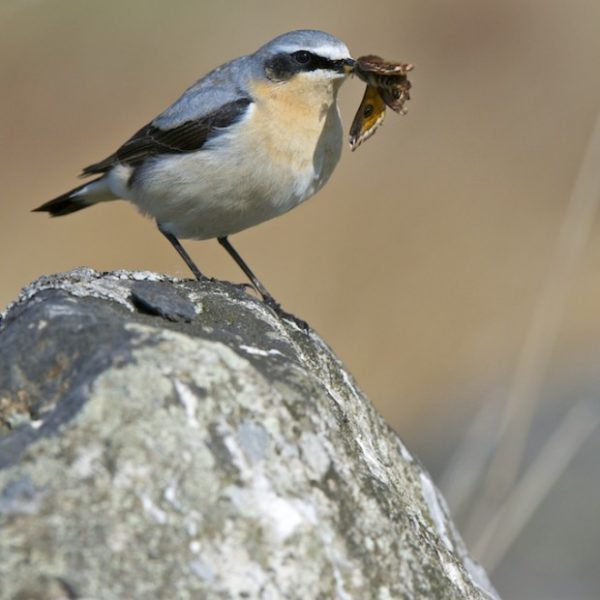Key Facts
- Length: 15-16cm
- Wingspan: 29cm
- Weight: 24g
- Average Lifespan: maximum 8 years
A robin-sized chat, the wheatear is a summer visitor, arriving here in early March and leaving in September for its African wintering grounds.
The wheatear frequents open rocky country, pasture, moorland and heath. Mainly a ground-dwelling bird, it can be seen running or hopping along the ground. It breeds mainly in western and northern Britain.
How to Identify
Unmistakeable if seen well, the wheatear can be distinguished by its characteristic tail pattern: a black ‘T’ on a white rump, seen when in flight. The male wheatear is a smart bird with a blue-grey back and head, black wings, a white eyestripe and a pale orange chest. Females are browner and juveniles speckled.
Where to find
A summer visitor to the north and west of Britain, found everywhere on migration.
How People Can Help
Wheatears are under threat from habitat loss and fragmentation. The Wildlife Trusts manage heathland nature reserves sympathetically for many bird species by clearing encroaching scrub and implementing beneficial grazing regimes, amongst other activities. You can help too: volunteer for The Wildlife Trusts and you could be involved in everything from traditional heathland management to raising awareness about birds.
Did you know?
The name wheatear is derived from the Old English for white (wheat) and arse (ear), referring to their white rump of course!
Similar Species
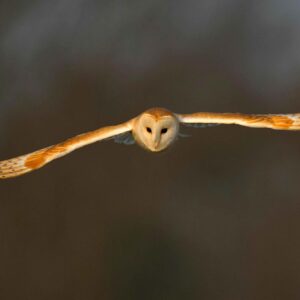
Barn Owl
- Birds
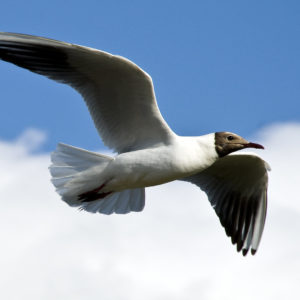
Black-Headed Gull
- Birds
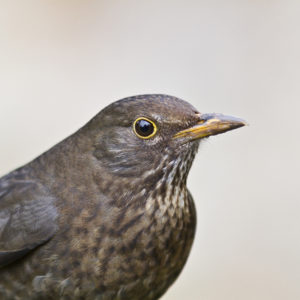
Blackbird
- Birds
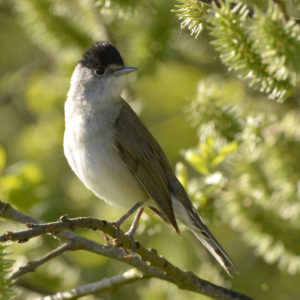
Blackcap
- Birds
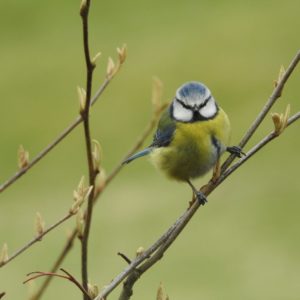
Blue Tit
- Birds
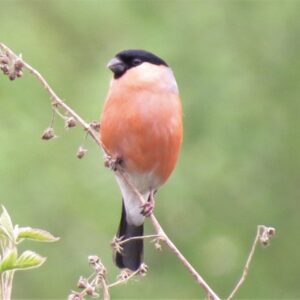
Bullfinch
- Birds
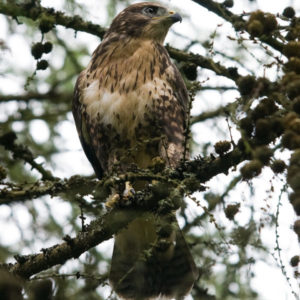
Buzzard
- Birds
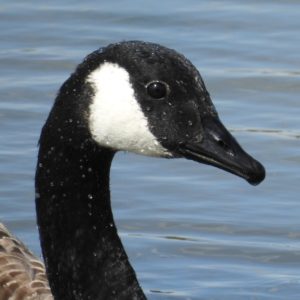
Canada Goose
- Birds
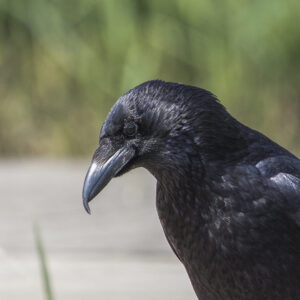
Carrion Crow
- Birds
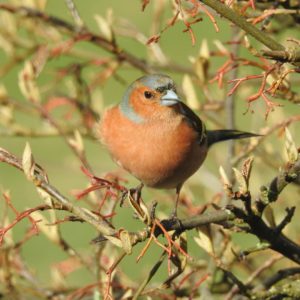
Chaffinch
- Birds
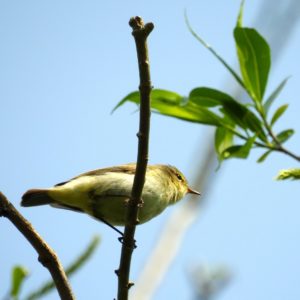
Chiffchaff
- Birds
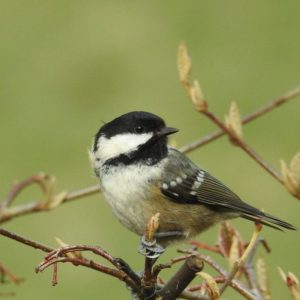
Coal Tit
- Birds
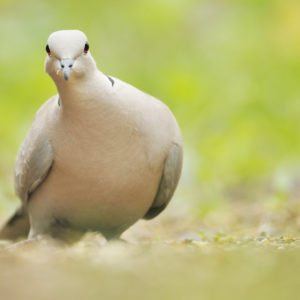
Collared Dove
- Birds
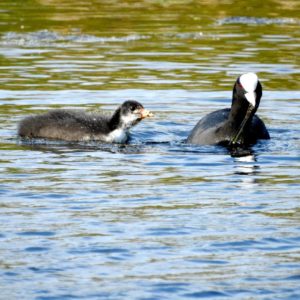
Coot
- Birds
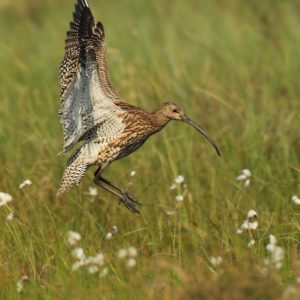
Curlew
- Birds
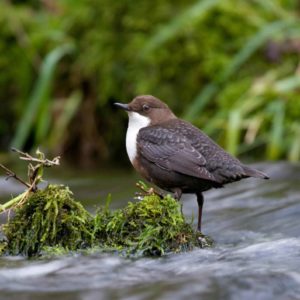
Dipper
- Birds
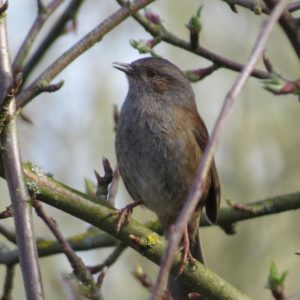
Dunnock
- Birds
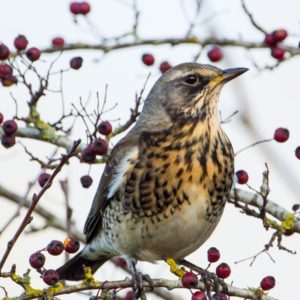
Fieldfare
- Birds
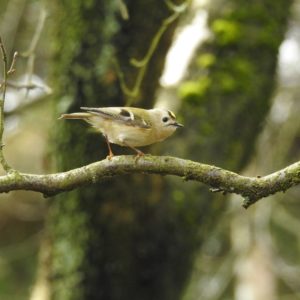
Goldcrest
- Birds
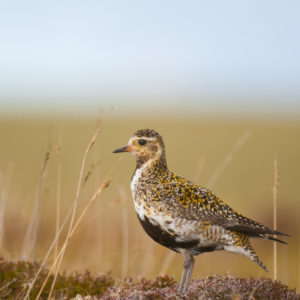
Golden Plover
- Birds
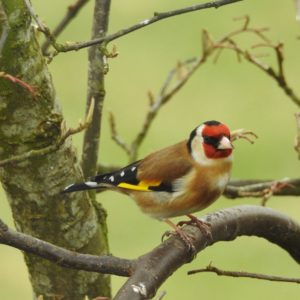
Goldfinch
- Birds
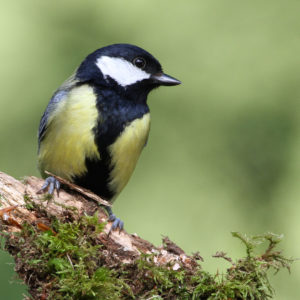
Great Tit
- Birds
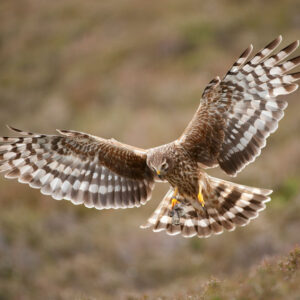
Hen Harrier
- Birds
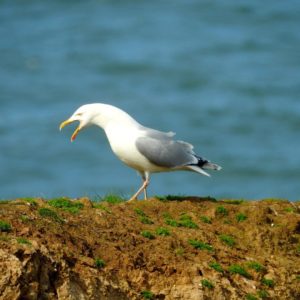
Herring Gull
- Birds
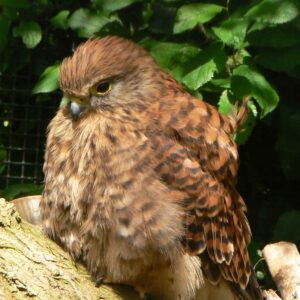
Kestrel
- Birds
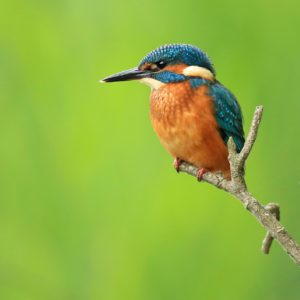
Kingfisher
- Birds
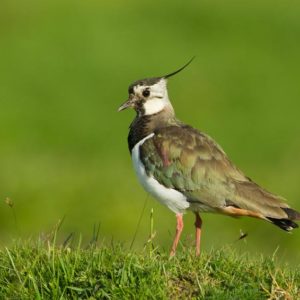
Lapwing
- Birds
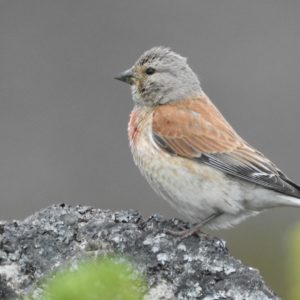
Linnet
- Birds
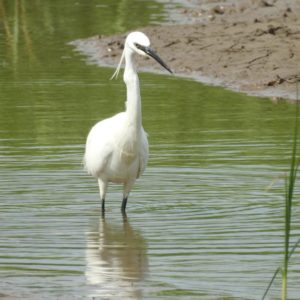
Little Egret
- Birds
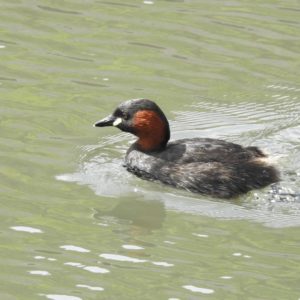
Little Grebe
- Birds
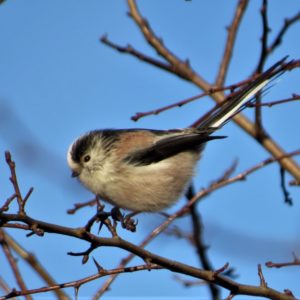
Long-Tailed Tit
- Birds
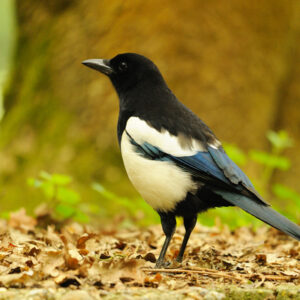
Magpie
- Birds
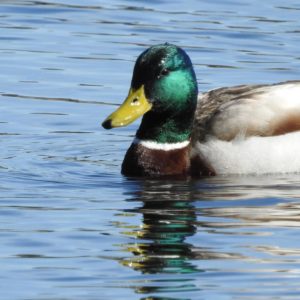
Mallard
- Birds
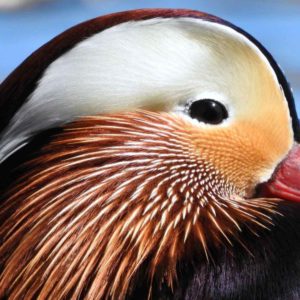
Mandarin Duck
- Birds
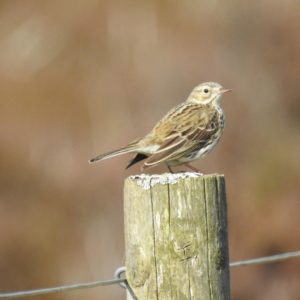
Meadow Pipit
- Birds
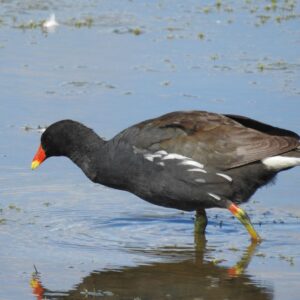
Moorhen
- Birds
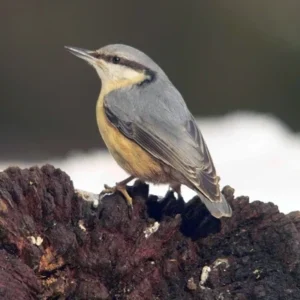
Nuthatch
- Birds
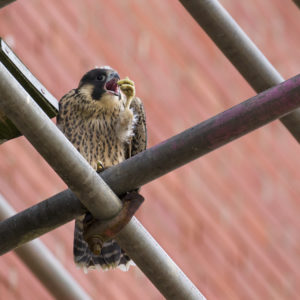
Peregrine falcon
- Birds
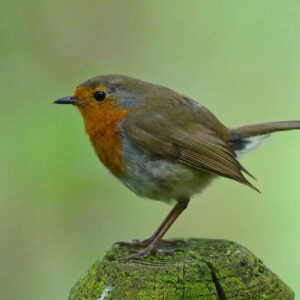
Robin
- Birds
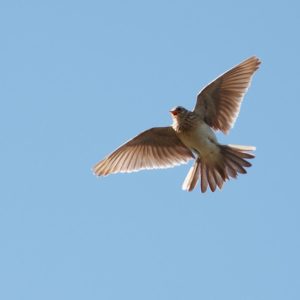
Skylark
- Birds
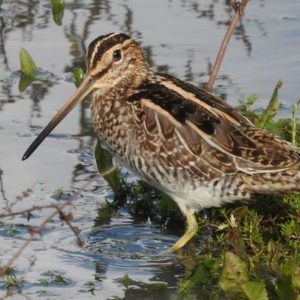
Snipe
- Birds
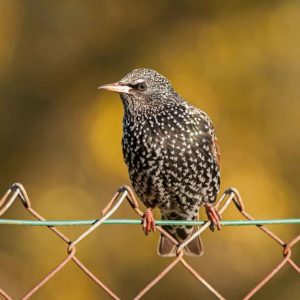
Starling
- Birds
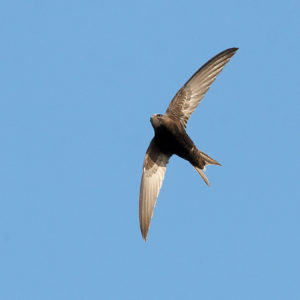
Swift
- Birds
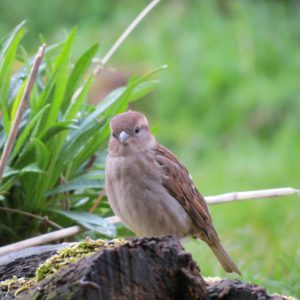
Tree Sparrow
- Birds
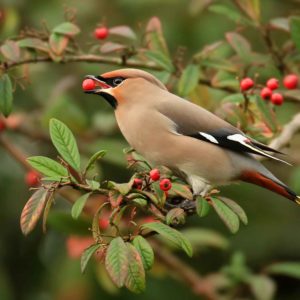
Waxwing
- Birds
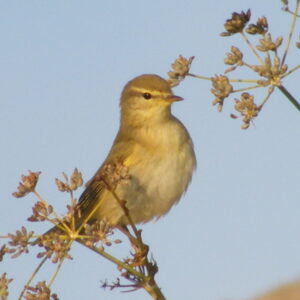
Willow Warbler
- Birds
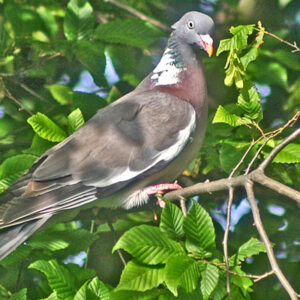
Wood Pigeon
- Birds
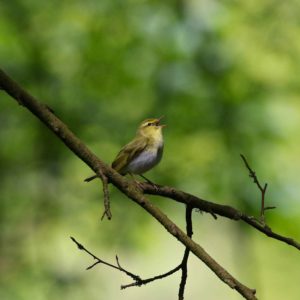
Wood Warbler
- Birds
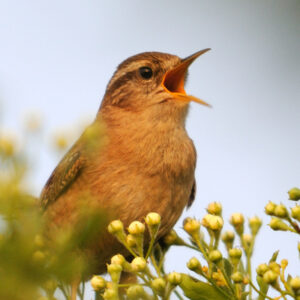
Wren
- Birds
